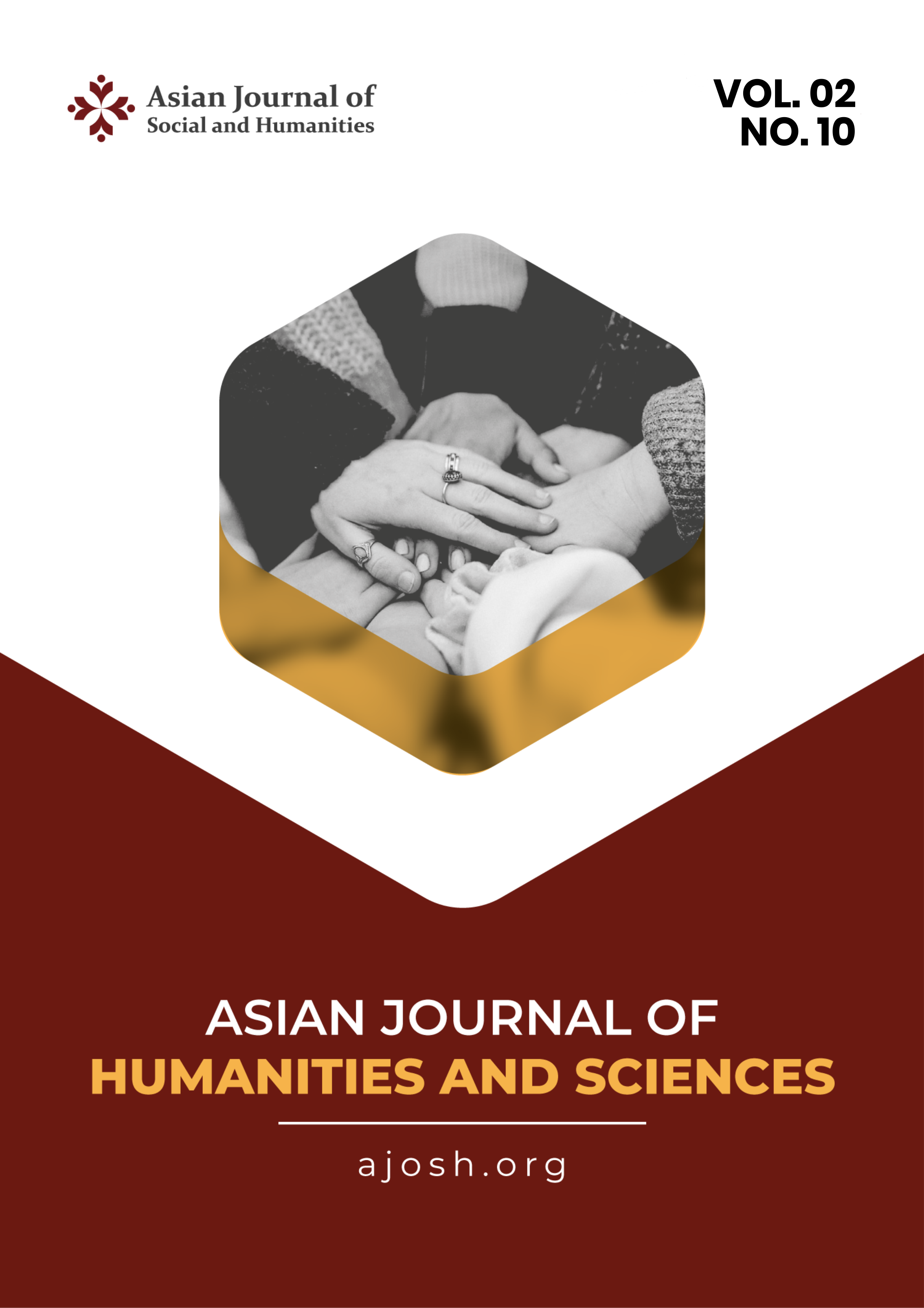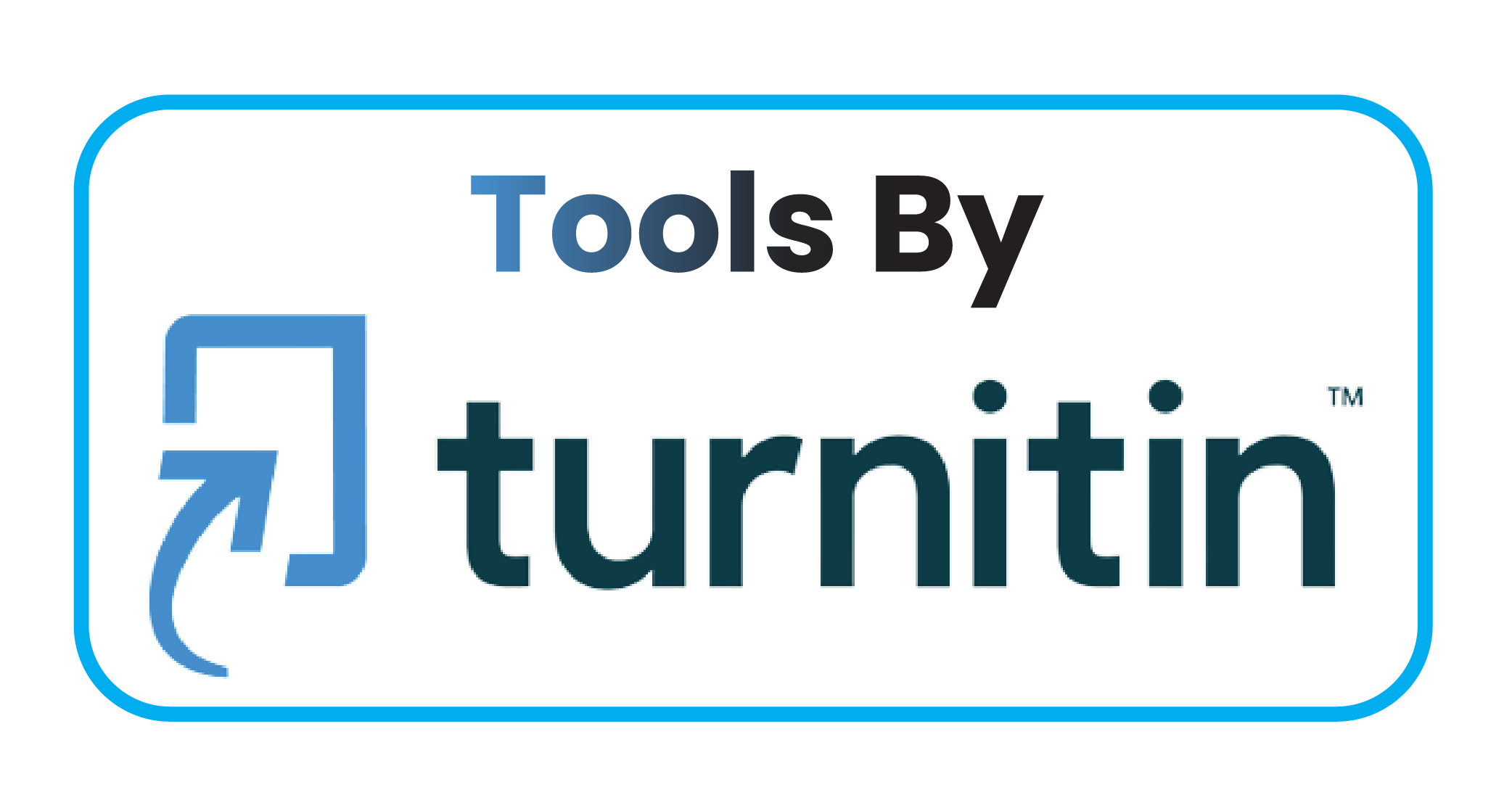Evaluation of Strategic Intelligence on Countering Smuggling Threats Using High Speed Craft
DOI:
https://doi.org/10.59888/ajosh.v2i10.351Keywords:
smuggling;, high speed crafts;, customs;, strategic intelligence;, national resilienceAbstract
This research is based on the increasing threat of sedimentation in water areas by utilizing technological developments through the use of High Speed Crafts (HSC). The increase in threats is faced with obstacles for the authorities in balancing surveillance facilities and infrastructure with the technology used by smugglers. In addition, the need for intelligence data that is integrated with all related apparatus also requires a lot of development. This paper uses a qualitative approach. The data used are secondary data derived from related documents from several institutions, mass media articles and literature reviews related to strategic intelligence. Researchers concluded that smuggling using High Speed Crafts (HSC) in Indonesian waters has been frequent for the past few years. In 2019 and 2020, the DJBC and the Ministry of Finance succeeded in uncovering the practice of smuggling using HSC which had the potential to cause considerable state losses related to alleged money laundering crimes. The mode of HSC smuggling is carried out by the ship-to-ship method from large ships. Enforcement is challenged because the surveillance vessel facilities have a capacity that is not faster than the ships owned by the perpetrators, plus the changing point of the HSC of the smugglers spread across Sumatra and Java. An important evaluation of the supervision of smuggling in the HSC mode is at least related to increasing the quantity and capacity of DJBC through human resources and surveillance ship facilities that have capabilities above the facilities owned by smugglers.
Published
Issue
Section
License
Copyright (c) 2024 Danang Nuga Setiawan, Margaretha Hanita, Eko Daryanto

This work is licensed under a Creative Commons Attribution-ShareAlike 4.0 International License.
Authors who publish with this journal agree to the following terms:
- Authors retain copyright and grant the journal right of first publication with the work simultaneously licensed under a Creative Commons Attribution-ShareAlike 4.0 International. that allows others to share the work with an acknowledgement of the work's authorship and initial publication in this journal.
- Authors are able to enter into separate, additional contractual arrangements for the non-exclusive distribution of the journal's published version of the work (e.g., post it to an institutional repository or publish it in a book), with an acknowledgement of its initial publication in this journal.
- Authors are permitted and encouraged to post their work online (e.g., in institutional repositories or on their website) prior to and during the submission process, as it can lead to productive exchanges, as well as earlier and greater citation of published work.










